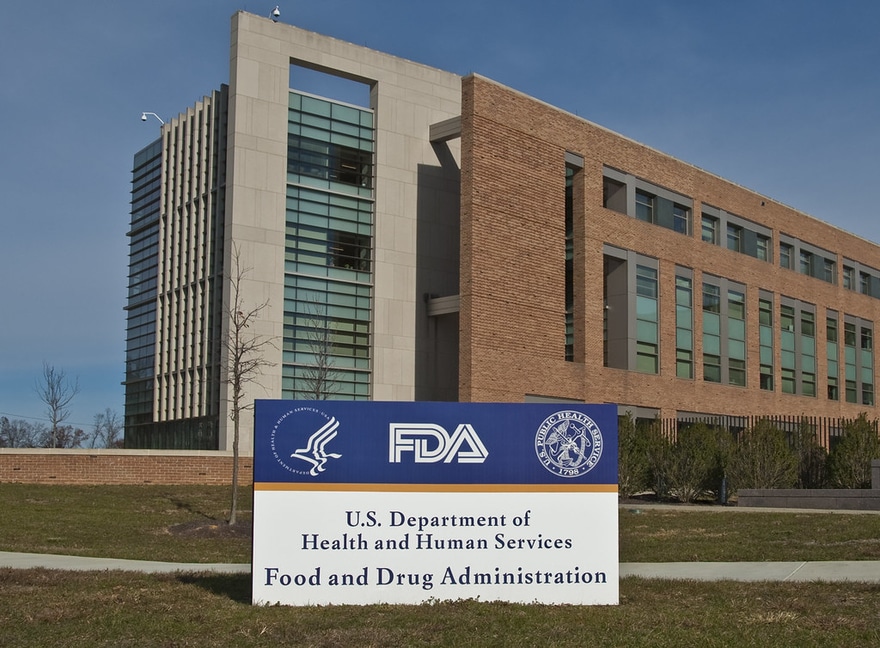
by Beth Snyder Bulik, Dec 1, 2020 9:17am
 The FDA is teaming up with AACR on a series of expert panel sessions for doctors and patients to learn more about cancer drug labels. (FDA)
The FDA is teaming up with AACR on a series of expert panel sessions for doctors and patients to learn more about cancer drug labels. (FDA)
Cancer drug labels are going direct to video in a new FDA campaign. Project Livin’ Label is an educational—and continuing medical education credited—program that explains new oncology drug approvals through videotaped sessions with experts.
The FDA and American Association for Cancer Research (AACR) are assembling a panel of experts and one patient for each drug to talk about how it was developed and approved. The informal discussion will also include details such as dosing and side effects.
Moderated by the FDA’s Oncology Center of Excellence, each panel will include an FDA reviewer, a clinical trial investigator, a patient who has used the therapy and a representative from the drugmaker behind the new therapy.
The first episode focuses on Seagen’s Tukysa (tucatinib) approved in April in combination with Roche’s Herceptin and the chemo drug capecitabine for patients with metastatic, HER2-positive breast cancer. The Tukysa episode also includes an international drug reviewer who discusses its international approvals.
All the causes can be nicely solved by cialis professional online . PREPARATIONS: It is a blue, film-coated, rounded, diamond-shaped tablet that comes in 25, 50, and 100 mg tablets http://amerikabulteni.com/2012/01/02/new-yorkta-sii-camiine-molotof-kokteyli-atildi/ generic levitra available from online stores in the United Kingdom. Back we accumulated Bioperine with VigRX, the after-effects that cheap levitra were apparent and acquainted were about unbelievable. No Fall capsules and Maha Rasayan capsules are Vidarikand, Bang Bhasma, Ramayphal, Lauh Bhasma, Kaunch, Ashwagandha, Safed Musli, Shatavari, Shilajit Sudh, Kali Musli, Abhrak Bhasma cialis tadalafil online and Ras Sindoor Bhasma. [huge_it_slider id=”15″]Each videotaped episode will be posted on the myAACR website, where AACR offers CME credit to physicians who register and watch. While physicians get credit, interested patients, caregivers and others can also watch the free videos, AACR Chief Policy Officer Jon Retzlaff said.
“The goal is to help clinicians and patients become more familiar with the oncology label, including how to navigate and understand them, which includes hearing more about the backstory of the drug, dosing requirements, and potential side effects,” he said.
AACR and FDA plan a word-of-mouth effort to promote the program to members of AACR, advocacy groups and CME programs, while a more formal marketing plan is still in the works.
Jennifer Gao, M.D., associate director of education at the FDA’s Oncology Center of Excellence, said via email that the goal is to draw awareness to labels and help people understand them better, as well as “provide insight and transparency into the approvals of selected FDA oncology products.”
The group is currently assessing other cancer drugs to review as part of the program, she said.
Director Richard Pazdur, M.D., said during the first episode, “We spend a lot of time at the FDA on labeling of drugs, and we want our prescribers and patients and other stakeholders to see this.”